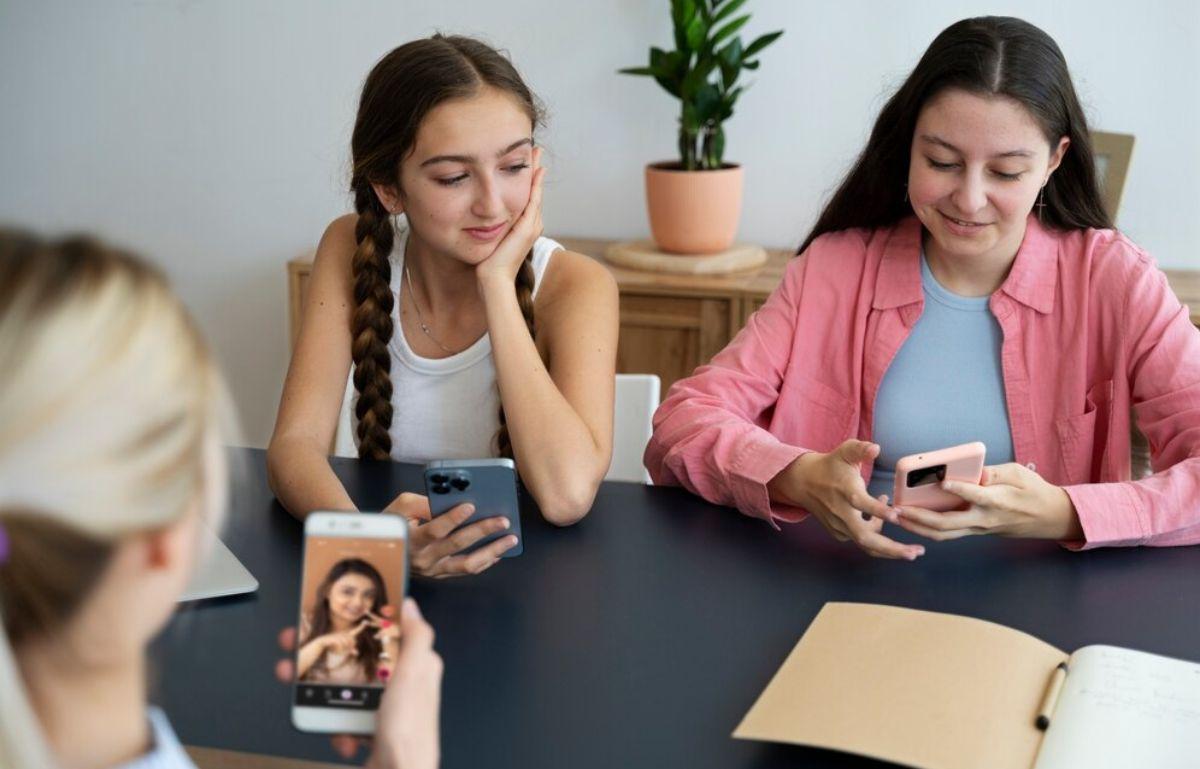Apps today are used across the world. They must fit many people, no matter where they live, what language they speak, or what tools they use.
For this to work, developers use mobile app localization services. These services help apps sound and look right in each country. But being global also means being kind to users with special needs.
This blog will show how top apps blend accessibility and localization. We’ll look at real ways to make apps work better for all.
What Real Accessibility Means in Apps
Accessibility is not just a button size. It’s about making sure every user can enjoy the app. That includes people who can’t see well, can’t hear, or have trouble moving their hands.
Some apps use voice tools for people who can’t see screens. Others use captions for videos. Many let users change font size or colors. These are not extras. They are must-haves.
When developers think about these users first, apps become stronger for all. It’s not a side task. It’s part of good design.
Small Words, Big Impact: Language That Helps, Not Hurts
When users open an app, the words guide them. If the words are hard, they stop using it. Clear words matter.
In many apps, the first step is translation. But it’s not just swapping words. It’s about tone, feeling, and ease.
Some cultures use short words. Some prefer soft ones. A button that says “Go” in one place may need to say “Please start” in another.
Apps should talk like a helpful friend. That tone invites all users to keep going. It also helps people with learning issues or slower reading speeds.
Voice Features That Build Bridges
Not all users read well. Some can’t read at all. Voice tools fix this.
Voice search helps users find things without typing. Voice reading lets them hear what’s on the screen. Both make the app friendly and fast.
These features are also great for users with sight loss. When text is read out loud, they feel part of the digital world.
Apps that add voice are not just easier, they are smarter. They show care.
Pictures and Icons: The First Language
Before users read a word, they see colors, shapes, and pictures. That’s why images and icons matter a lot.
Good icons speak clearly without text. A trash can shows “delete.” A heart shows “like.” But some icons look different in other places. One shape may mean joy in one place and sadness in another.
So icons must be tested in each region. Developers must be sure they send the right message.
Adding short text to icons helps all users, kids, older people, and those with learning needs.
Motion and Sounds: Keep It Calm and Clear
Many apps use motion and sound to guide users. A small ding means “done.” A screen shake means “try again.” But too much sound or fast motion can upset some users.
People with motion sickness or sensory issues need slower moves and soft tones. Some apps let users turn off shaking or flashing. That is smart design.
Calm motion helps users feel safe. Simple sounds make steps clear. Less is more.
Touch Zones: Design for All Hands
Buttons should be big enough to touch with ease. This helps users with shaky hands or poor grip. It also helps kids and older adults.
Touch zones should not be too close. If buttons are packed tight, users tap the wrong one. That leads to stress.
The best apps keep space between buttons. They use soft borders and colors to guide touch. These choices seem small, but they help many users.
Screen Readers and Hidden Text
Some users rely on tools that read the screen out loud. These are called screen readers. They need hidden text in the code to know what things do.
For example, a button that shows a house should say “Home” in the code. A photo should say what it shows.
This helps blind users know what’s there. It makes the app more open.
Every image, button, and link must have helpful labels. Not long, not short, just right. This is how apps include everyone.
Color Matters: Design That All Eyes Can See
Color helps apps look nice. But not all eyes see color the same way.
Some users have color blindness. They may not see red or green. If your app uses only those colors to show meaning, some people won’t get it.
That’s why color should not be the only way to show action. Use words, icons, or shape changes too.
Many apps now let users pick high contrast mode. This helps people who need more sharpness between text and background.
Culture Shapes Feelings
Colors, shapes, and words feel different in each culture. A thumbs-up may mean “okay” in one place, but not in another.
A smart app uses local style. It fits the look and sound of that place. It blends in, but still feels like the same app.
This makes users feel like the app was made just for them. That feeling builds trust.
When global brands work with a professional translation company, they often gain these insights. These experts know what will work in each region.
Text Fields That Welcome All Keyboards
Not all users type the same way. Some use Latin letters. Others use Arabic, Chinese, or Japanese.
Text fields must accept all major scripts. This sounds simple, but it’s often missed. If an app blocks a keyboard, users quit fast.
Some languages take more space. Some go from right to left. The app must shift its layout as needed.
Being ready for all keyboards means more people can join and use the app with ease.
Captions That Help More Than You Think
Captions are not just for people who can’t hear. They help in loud places, quiet rooms, or when users don’t want to wake someone up.
Captions must match the tone and speed of the voice. They must be easy to read and in the right spot on the screen.
Auto-captions help, but human-made ones are better. They catch the right meaning.
Adding captions makes your app friendly. It helps more users stay longer.
Testing with Real Users Builds Better Apps
The best feedback comes from the people who use the app. That includes people with vision, hearing, or movement limits. It also includes people who speak different languages.
Testing should not happen at the end. It must start early. Real users can spot small issues that big teams miss.
Testing makes the app better and stronger. It also shows care. That care builds user trust.
Short Forms Win More Users
Long forms scare users. Short forms help them act fast.
Each box should ask only what’s needed. Labels should be clear. Error tips must be kind and helpful.
If a user makes a mistake, guide them with soft words. Don’t flash red. Don’t yell.
Forms that feel safe and kind lead to more sign-ups and better use. They help users of all types and ages.
Final Words!
Making apps for all is not just good practice, it’s the right thing to do. When apps are easy to read, hear, touch, and trust, more people can use them. Blending accessibility and localization creates tools that speak to everyone, everywhere. Apps that care grow faster, stay longer, and touch more lives.








